When you have been stuck indoors all winter long, even a few patches of brown grass and soil poking through on a sunny day can seem like an invitation to spend as much time outdoors as possible.
Chances are, if you are looking forward to spring, you may also be wondering what kind of edibles can be grown in the very early parts of spring. Aside from giving you a wonderful reason to be outdoors, you can also expand your survival skills and ensure that you can successfully grow food during this time of year.
6 Things to Keep in Mind When Growing Early Spring Edibles
Here are some things you should keep in mind if you are going to be successful at this time, and also with any crops that you may decide to plant later on in the season:
- As with any other plant, spring edibles will take nutrients from the soil. As such, they will also cause changes to the pH of the soil and other characteristics. If you do not pay careful attention to soil testing, crop rotation, and fertilizing schedules, then your summer and fall crops may not grow as well as expected.
- A number of spring edibles tend to be the ones most inclined to draw pests to the garden. For example, broccoli, cabbage, and lettuce all attract insect pests that can easily ruin crops you try to plant later on in the season. At the same time, you may not be able to plant marigolds, chrysanthemums or other companion plants that will keep pests away. Even though you can still plant garlic and onions, the amount of time required to harvest these plants means that you will not be able to disrupt the soil as much as needed for fertilizing and mulching.
- If you do decide to plant spring edibles, you may simply need to reserve a portion of your garden just for this purpose and then leave it bare for the summer crop season.
- The plants that you choose for your spring garden will depend largely on the temperatures in your local area. Even just a few years ago, it was possible to use the zone and hardiness maps to predict where and when to start growing crops such as spinach, lettuce, and radishes. Sadly, as temperatures become more extreme, it is becoming impossible to use these zone maps reliably. From that perspective, if you would have usually planted collards or other greens in the fall for harvest in the spring, or even started plants in cold frames, it may not be possible to do so and be guaranteed success. Even though you can still try, bear in mind that you may need to use more than mulch and temporary cold frames for your early spring garden.
- In order to get spring edibles at the earliest possible time, you will either have to start them at the end of winter or in the fall. There are many techniques and methods for overwintering crops that will work in many different climates. Be sure to study these methods carefully and then try one or two plants at a time to see what will work best for you.
- When growing early spring edibles for survival purposes, don’t forget to include some plants that can be left to go to seed. Remember, one of the most important parts of survival gardening is securing viable seeds for the next round of crops. Although you may not think much about preserving radish, spinach, and other seeds now, they will truly be your lifeline in a social collapse scenario.
20 Cold Weather Crops for This Year
1. Spinach
Of all the cold weather crops, this one is as ideal for spring planting as it is for fall and overwintering. Just remember that spinach seeds will not germinate when it is too hot. So in order to get viable seeds, you will still need to sow some a bit later in the season so that the plants are more likely to go to seed.
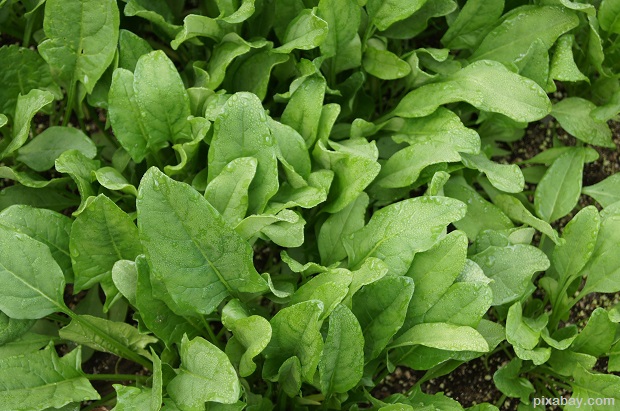
You can grow just about any kind of lettuce in cold frames or under mulch. Most varieties of lettuce will also tolerate some frost during the earlier stages of plant growth. If you are looking for the most nutritious varieties of lettuce, go with the leafy versions over iceberg variants. If you crave a sweet lettuce, then do not hesitate to have a few icebergs on hand.
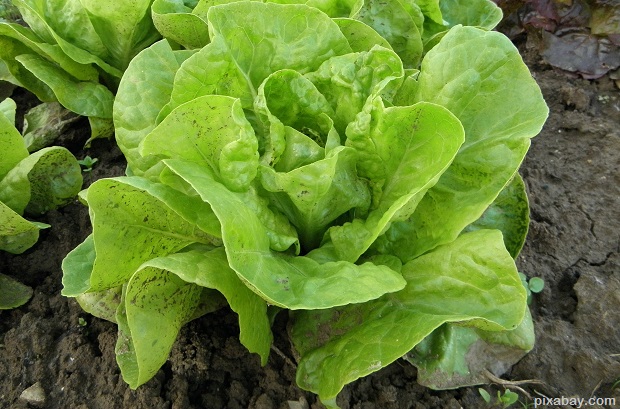
This root crop can grow in just about any temperature as long as the soil is loose enough for the roots to grow. It is also important to harvest radishes early so that they have the best taste. If you are waiting for seeds to develop, then you may have to wait a bit longer to harvest the roots.
Fortunately, radishes are also very prolific seed producers, which makes them ideal for practicing seed production, storage, and replanting.
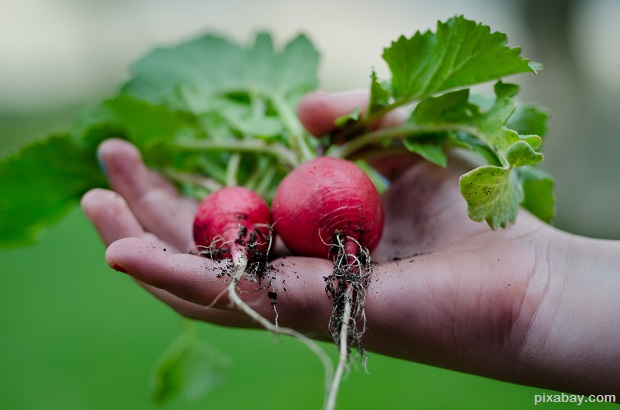
These delicious cold weather plants can easily rival radishes when it comes to producing large amounts of leaves in a short period of time. Unlike radishes, you can leave turnips in the garden for a bit longer, and also harvest the leaves while the roots are developing. In fact, you can start harvesting turnip greens within 30 – 45 days of plant germination and still get enormous roots just a short time later.
Remember that as with any other root vegetable, turnips require loose, deep soil to grow in. You will also have to watch carefully after harvesting turnips as they tend to attract a number of both burrowing and air based garden pests.
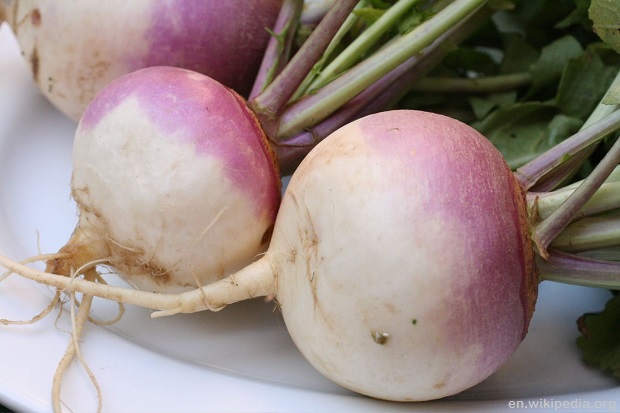
Even though carrots can take up to 60 days to harvest, they still grow well in colder temperatures. They will also do very well in cold frames and can be overwintered in several areas.
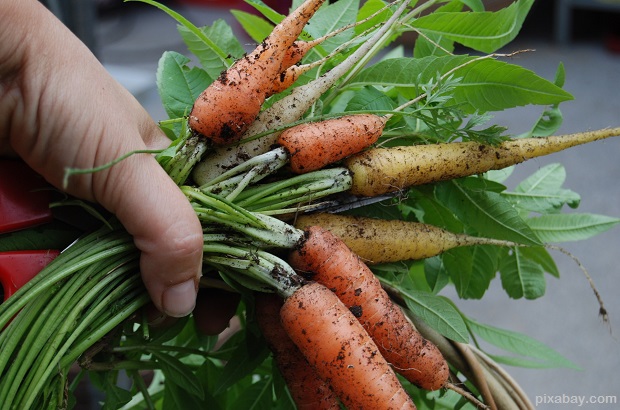
Instead of planting potatoes directly in the ground, start them off in a 4 x 4 patch that you can enclose with wooden slats. As the season progresses, simply continue adding soil and building up the enclosure. You can harvest early potatoes from the lower sections of the planter, and then summer and fall potatoes as the plants continue to grow upwards.
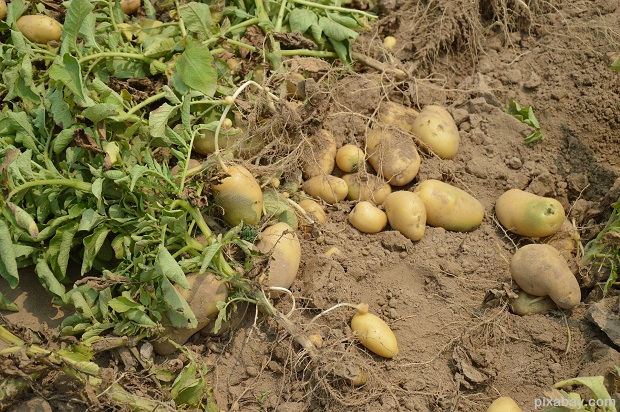
Depending on where you live, it may be best to start cauliflower seeds indoors during the mid-winter season, and then put them outdoors in a cold frame about 2 – 3 weeks before the last frost is expected. This plant will grow well in cold frames and give you plenty of delicious florets in a short period of time. As an added bonus, you will have fewer insects to contend with when you plant cauliflower during the earlier parts of the fall.
However beware that once garden pests find cauliflower rest assured they will hang around and may affect other crops if you don’t take preventative action.
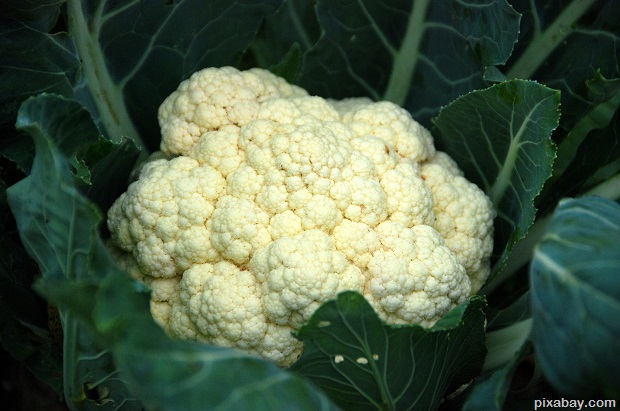
Growing broccoli as an early spring crop is very similar to growing cauliflower. You can use the same planting guides, but remember that some strains of broccoli may be more temperature sensitive than others.
When searching for an appropriate heirloom variety for your climate, it may be best to also store away a few others so that you can match them up with climate changes that may occur faster than you expect.
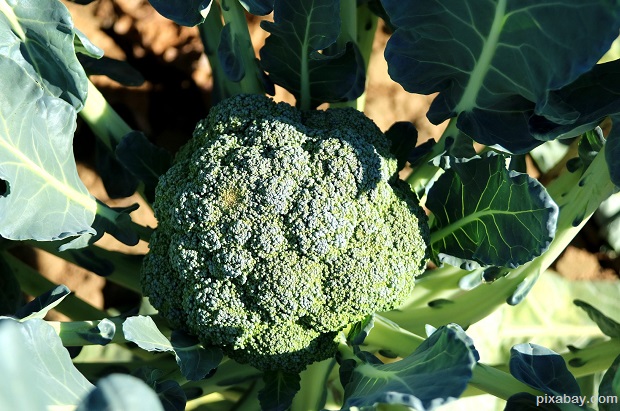
Even though garlic is a biennial, you can still start it in the early spring and then let it grow through the summer. Garlic plants also have an advantage of serving as a pest repellent. After their first year of growth, you can pull up the small bulbs and then replant them the next spring. Alternatively, you can let them stay through the winter so they start growing again the following spring.
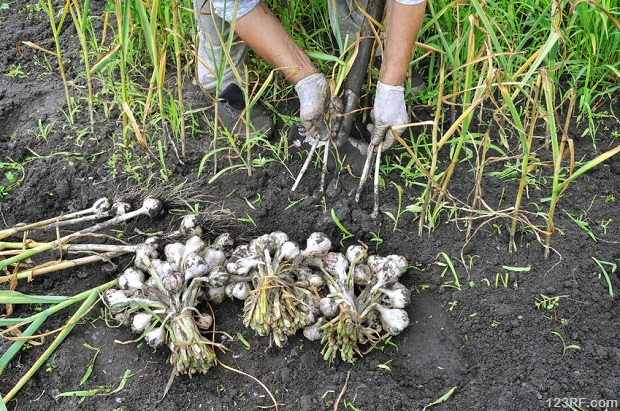
There are many different strains of onions with a wide array of harvest times. If you choose onions that take over 100 days to mature, then you may need to start them early in the spring and then pull them up in the fall so that they can be replanted for an earlier harvest the following spring. Many people rely on onion sets, or one year old bulbs if they want onions in just one year.
If you decide to start onions from seed, it is likely that you will need a 2 year growing season. If you choose smaller onions that mature in just 55 – 70 days, they will make a viable early spring edible.
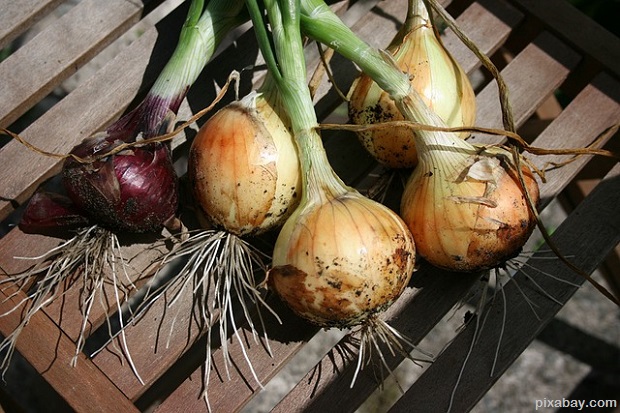
Even though these are perennial plants, they tend to start early in the spring and can be harvested as a spring edible. When setting up your asparagus bed, remember that they will stay in the same area, and that extra care will need to be taken to prevent excessive disruption when fertilizing and mulching.
You should also keep extra asparagus root crowns or seeds in your stockpile. If you store away seeds, remember that like onions and garlic, they may not produce anything edible until the second year.
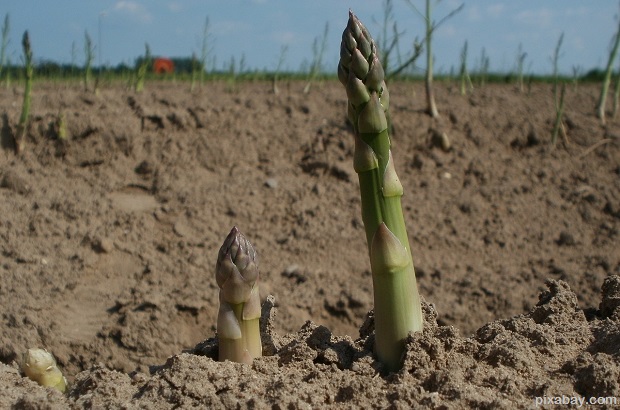
In most cases, squashes are thought of as summer produce. But you can still start squash plants in the early spring. They will typically start producing flowers within 30 – 45 days of sowing. No matter whether you plant pumpkins, zucchini, or other larger vine squash plants, there will be more than enough flowers to enjoy as a delicious and nutritious spring treat.
There are a number of hybrid or bush squash versions. Even though they will also produce a good number of flowers, you are still best served by growing the full vine heirloom variants so that you can get viable seeds once the squash are ripe enough to pick.
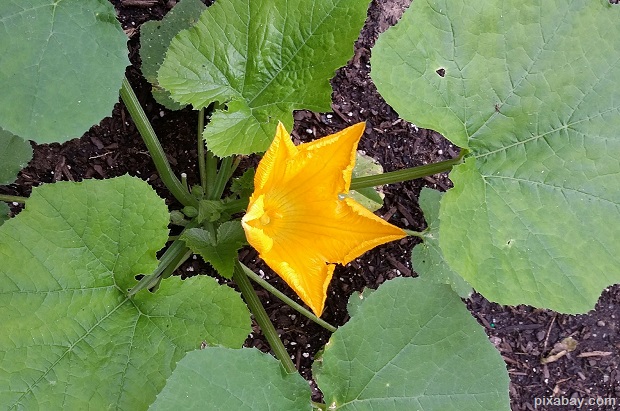
While this plant is not as well known in the United States, it is popular throughout the Mediterranean as an early spring edible. It will produce large amounts of leaves that can be harvested in as little as 30 days. Arugula is also more nutrient dense than lettuce and can form a key part of any survival garden. As with other leafy greens, make sure that you secure heirloom seeds, and that you know how to preserve new seeds for the next generation.
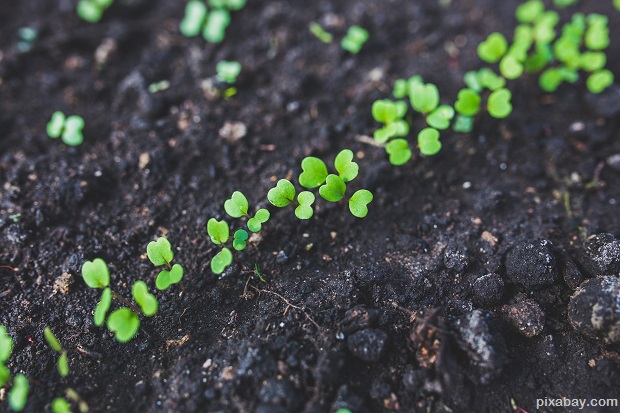
This is another popular plant that can be sown 2 – 3 weeks before the last expected frost. Chard also produces large amounts of plant material that is full of nutrients. When growing chard, you can also sow seeds every 10 days until it becomes too warm in order to ensure more greens into the spring season. Chard is also a favorite for fall planting, overwintering, and winter sowing in some climates.
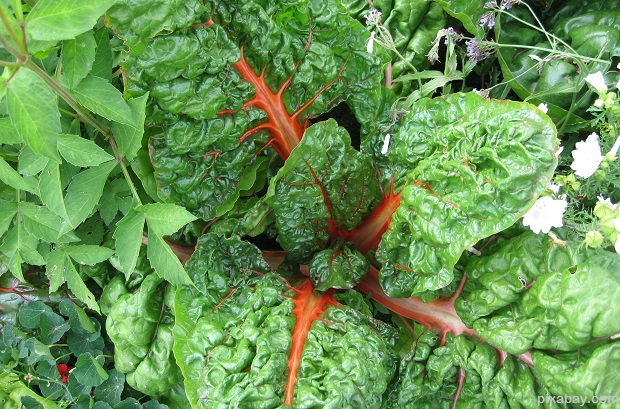
This plant is similar to cauliflower and broccoli in the sense that you can start it very early indoors and then transplant for a very early spring harvest. It should also be noted that like its relatives, cabbage is well known for drawing garden pests. Before you plant something new in the same area as you planted cabbage, do not forget to add more lightly crushed eggshells and be sure to add extra marigolds.
However as you watch cabbage growing in your garden, and then savor the first bites of fresh cabbage, you will agree that this early spring edible is well worth the growth challenges that it presents.
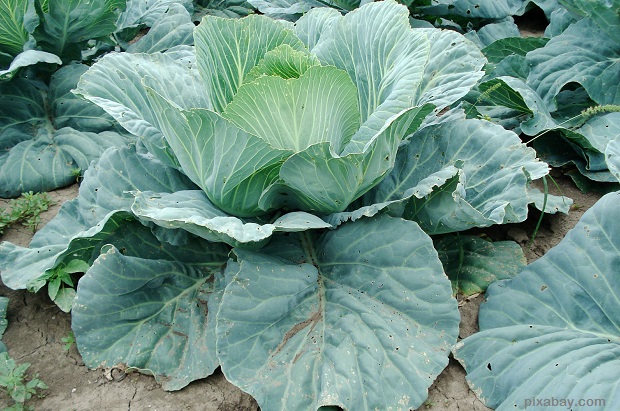
As members of the legume family, beans are very important for pulling nitrogen from the air and fixing it into the soil. As such, beans are a very important early spring edible because they do a good bit to condition the soil even as they produce something edible. When choosing bean varieties, try to select ones that have a short growing period so that you can harvest them faster. Even if you choose longer growing versions, they can usually be planted very early in the spring.
If you decide to start beans in a cold frame, do not forget to place the poles before sowing. You can always use short poles that will fit into the cold frame, and then add attachments later on as the beans plants get taller.
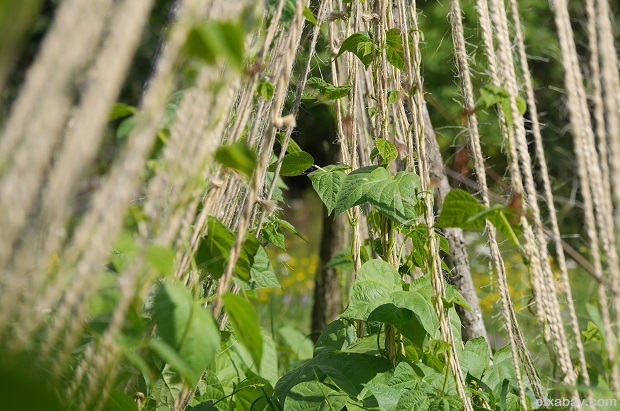
These plants are similar to beans in the sense that they will also help increase the amount of nitrogen in the soil. You may also find that peas will mature faster than beans. Some varieties can also be sown in the weeks before the last frost is expected. Unfortunately, similar to beans, trying to start them indoors will not work. However, you can still start them in cold frames.
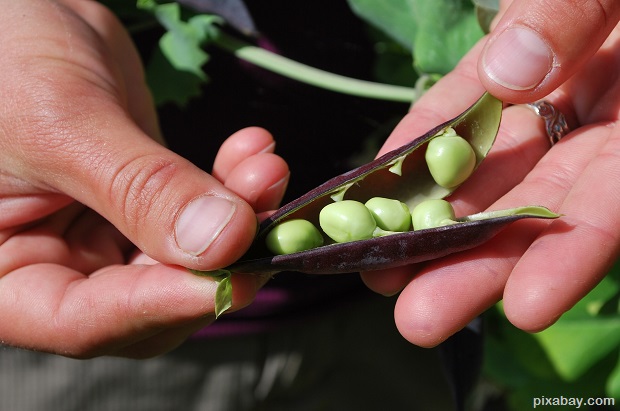
Before sowing fennel seeds, be sure to soak them in water overnight. Typically, fennel is easy to grow in the early spring, and will also work as an overwinter crop. You will find that fennel is similar to arugula in the sense that is an often overlooked yet prolific plant that should be part of any survival garden.
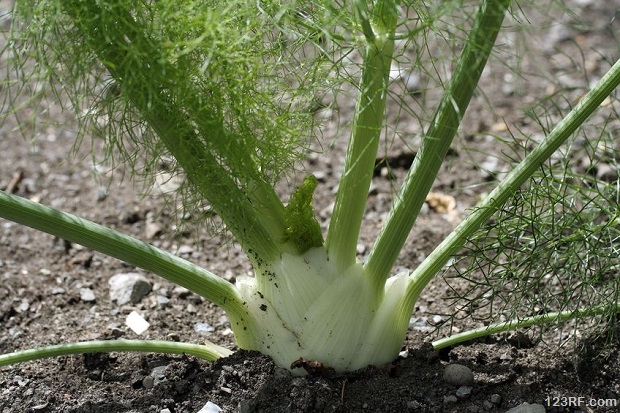
Even though you may consider parsley as an herb, it is actually one of the most versatile and nutritious things you can grow. In fact, ounce for ounce parsley is more nutrient dense than just about any other plant you can grow. It is also well known as a spice and for its medicinal properties. If you can only plant one thing in your garden in time of need, parsley is one plant that will get you through and produce delicious leaves at the same time.
When planting parsley for an early spring crop, do not forget that it can also serve as a perennial. You may want to sow in the early spring and then later on in the fall to see how well it will do over the winter months. This is one plant that you can also transfer into containers and keep growing indoors with ease during the winter months.
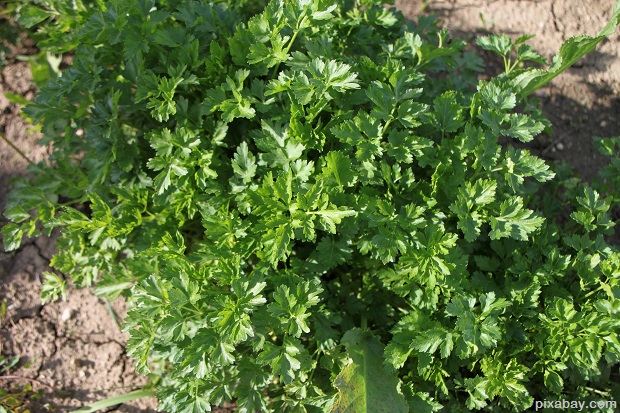
As you may be aware, collard plants can grow several feet tall and produce tasty leaves in both the fall and early spring months. As with other leafy cold weather greens, you can sow collards before the last frost date and continue sowing until it becomes too warm for the seeds to germinate. You can also sow them in the late fall in warmer climates so that they will grow through the early parts of the winter.
Collards are also amenable to sowing in the winter so that they can germinate at the right time in the very early spring. Just remember that if you leave collards seeds over the winter months, you will not be able to dig up that area or tend to it as the seeds may not be able to germinate if they are plowed under.
Preparing Next Year’s Early Spring Edibles
Even though it is early to start thinking about the fall, it is very important to realize that your spring garden may not get started as early or deliver as many treats if you do not consider fall planting and overwintering. Here are the basic steps you will need to take in order to get garden edibles as early as possible in the spring:
- After you bring in the summer harvest, make sure that you dig up the soil again, do your soil testing, and pH testing. This is also a good time to add more fertilizer and compost. Do not forget to store away tree leaves, grass clippings, and other materials that will be used in the spring to add more organic content to the garden.
- As soon as the temperatures are cool enough, you can start planting radishes, spinach, and anything else that you intend to harvest within 50 – 60 days. Once you plant, be sure to set up your cold frames just in case they are needed. Some plants may also do better with mulch or mulch in combination with a cold frame.
- Once temperatures are cold enough to prevent seed germination, you can go ahead and plant lettuce, spinach, and other cold weather crops. Even though you may feel hesitant to do so, remember that the seeds you are working with come from plants that got their start in the wilds of nature. As such, they are just like every weed that grows for a time, and then utilizes seeds that must survive the cold winter months before germinating when the time is right. Needless to say, you should start off with just a few seeds to see how you like this growing method before using it on a regular basis.
- Don’t forget to add mulch, other soil warmers, and water as needed. You should also maintain a good soil aeration schedule during active growing months so that your plants have the best possible growth environment.
- It is also very important to have cold frames on hand that you can set up quickly in case the temperatures are expected to get too cold. Once cold weather crops start growing, they can withstand some frost, and even some snow. That being said, a heavy blizzard or excessive cold can still kill the plants if shelter is not provided for them.
When it comes to easy growing “starter garden” recommendations, you may be surprised to find that many of them are actually early spring edibles and cold weather crops. Aside from being very easy to grow, many of these plants provide large amounts of vegetation that can be prepared in many different ways.
As a survival gardener, you should know how to get as many crops as possible from these plants as well as how to use the colder parts of the spring and late fall to get the most from each plant. That being said, even if you live in a climate where you don’t need cold frames for these plants or other warming methods, do not underestimate erratic temperature changes.
No matter whether there is a sudden cold snap in the middle of early spring or temperatures remain too warm for these plants, the result will still be an empty garden if you don’t know how to manage these problems.
Extra resources: Preparing The Garden For Spring: Good Times Are Coming!


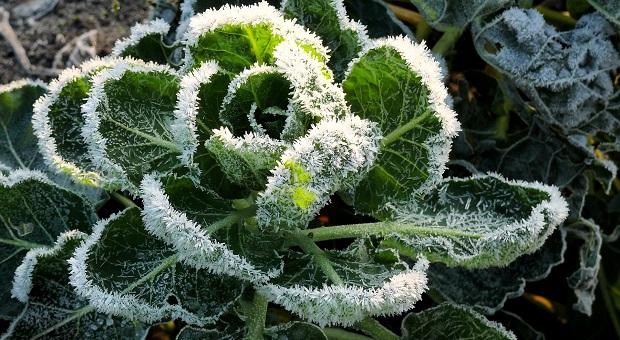
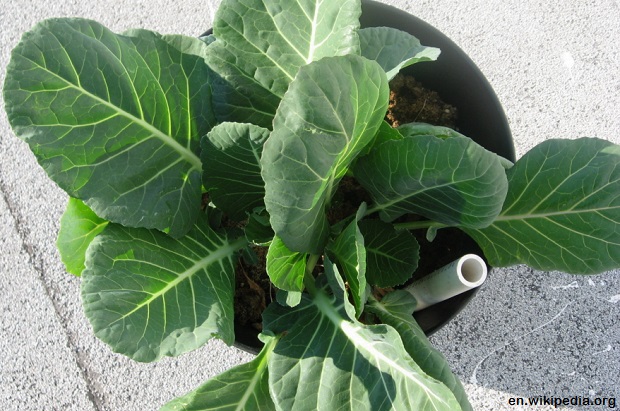






wilma hagberg | March 1, 2016
|
I am a 73 yo. female, and although I am young mentally my energy and endurance flag frequently. I live with a male companion who is worse off physically than I. I have purchased your books to hopefully get a head start. We live in the suburbs and don’t have a hide-away in the woods and precious little money to buy one. Realistically. what do you think our chances are and what do you recommend? I’m not of the mind to lie down or give up, I wasn’t brought up that way, plus we both were in the Army (enlisted) But I was in the Medical Corps and never had combat training. So what to do?
carmela tyrrell | March 2, 2016
|
Wilma,
That’s a good question. I spent several years living in conditions that would make most people cringe; so to me there are answers to this that relate to focusing on bugging in as opposed to trying to escape.
Insofar as your chances of survival – it is possible. All over the world, and across time there are people that have lived successfully in the middle of war zones, through famines, plagues, and many other things. Prepping can help you on the material side, but quite honestly – common sense, flexibility, and situational awareness are also just as important.
Pingback:Survival Garden: DIY Cold Frames | Survivopedia | March 6, 2016
|
Pingback:Survival Garden: DIY Cold Frames | Prepper's Survival Homestead | March 6, 2016
|
Pingback:Survival Garden: DIY Cold Frames | | Disasterdefense.us | March 7, 2016
|
Pingback:4 Ways to Prepare Your Garden for Spring – superthriveblog | March 22, 2016
|
Judy b | March 26, 2016
|
With the title of the email, 20 Wild Spring Edibles Found At Home…, I was hoping to find “wild” stuff, as in wildcrafting. Oh well. Good post anyway.
Pingback:Real Spring Or Just A Temporary Warm Spell? | Survivopedia | March 27, 2016
|
Pingback:Real Spring Or Just A Temporary Warm Spell? | Prepper's Survival Homestead | March 27, 2016
|
Pingback:Real Spring Or Just A Temporary Warm Spell? | | Disasterdefense.us | March 28, 2016
|
Bill in Idaho | June 26, 2017
|
Hello, Carmela. Good Article, and Important. I was surprised that you did not mention Collards, nor Kale. You did list carrots and lettuce – Neither has Any Nutrition and Lettuce is Indigestible. “Cold Frames” and “Hot Houses” are Essential !
howtoplant | August 12, 2020
|
Useful information.
Thank you for this helpful article chiaser